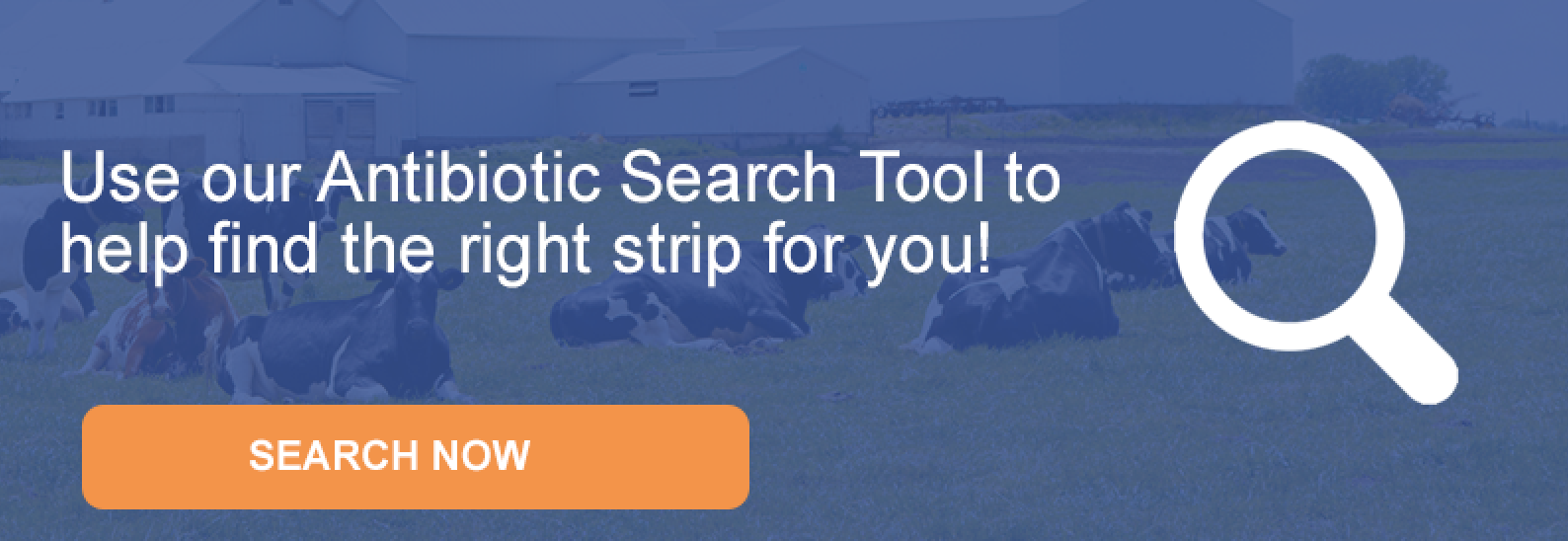Blog
How to Choose the Best Antibiotic Test for Your Raw Milk Receiving

It’s tough deciding which antibiotic test you should choose. Let’s be honest, there are a ton of variables in making the decision, and all can impact human health, time, costs, and product production. If you are a farm that ships directly to a cheese plant and you are not testing for a medication in use like Tetracycline, you can mistakenly send them a load of milk that destroys the culture they use to make cottage cheese. Suppose you are a dairy plant that only tests for Beta-Lactams, and a Tetracycline positive load is received. In this case, it can lead to an adulterated product for sale and a potential recall with consumer concerns.
To help you decide, let’s discuss the determining factors and shed some light on them.
Are You a Farm Supplying to a Dairy Plant?
If you are a farm, are you testing every load of milk before it leaves? What system are you using, and why? Of all receiving bays in the US, 95% are using the Charm System to approve and receive your load. So it makes sense to use the same test your plant uses. You also need to determine which antibiotics are in use on your farm, which drugs the processing plant may be looking for in addition to beta-lactams, and at what levels. Does the system you are using meet the FDA recommendations for tolerances? Are you paying more for separate tests? Does it make more sense to move to a strip that combines three families of antibiotics in one? The best option is to talk to your processing plant to understand their risk evaluations and use the same antibiotic system and test strips they do.
Are You a Dairy Plant?
Dairy plant considerations are much different. The processing plant needs to determine A) which antibiotics they want to test for and why, B) how many trucks they get per day, or how much time they spend clearing trucks.

Where Are You Located?
Choosing the appropriate antibiotic test kit will depend on geographic location, regulations, and products produced in your area. Fluid milk and powdered milk imported into Russia are tested for Chloramphenicol, Beta-lactams, Tetracyclines, and Streptomycin. In Canada, Tetracyclines, Sulfonamides, and Beta-lactams are all required to be tested on the farm or on the trucks. Whereas, in the US, we are only required to test the tanks and trucks for Beta-lactams and can optionally screen for others based on risk assessment. Dairy manufacturing plants that make sour cream, cheese, or other culture-based products have their own set of requirements. The risk of low levels of some antibiotics may affect their product by killing the live cultures.
Receiving bay efficiency can be an issue, based on the size of the plant. How many trucks do you receive a day…10-20, 20-50, or 50-200? If you receive ten trucks a day, you can take the time to run an eight to ten-minute test without backing up the receiving process and reducing truck hauler efficiency. If you receive more than 20 trucks a day, you should consider a 3-minute to 30-second test.
Determining the best antibiotic test(s) and testing system has many variables, but it all starts with who you are and what you do. Once you narrow this down and prioritize, the decisions become easier.
How Charm Can Help
Charm Sciences offers antibiotic solutions with the fastest 30-second Beta-lactam test and strips that test for multiple drug families all in one. Use our Antibiotic Search Tool to help find the right strip for you!
About Charm Sciences
Established in 1978 in Greater Boston, Charm Sciences helps protect consumers, manufacturers, and global brands from a variety of issues through the development of food safety, water quality, and environmental diagnostics tests and equipment. Selling directly and through its network of distributors, Charm’s products serve the dairy, feed and grain, food and beverage, water, healthcare, environmental, and industrial markets in more than 100 countries around the globe.

